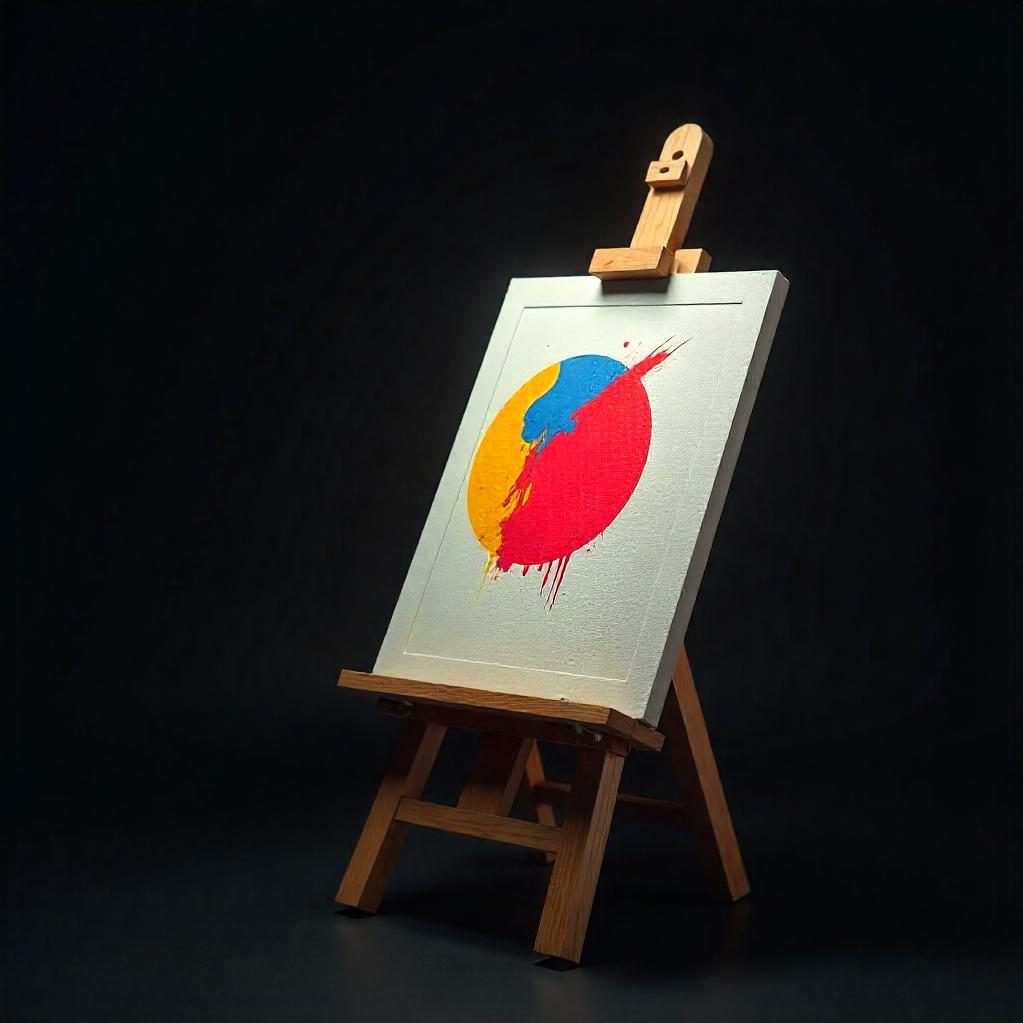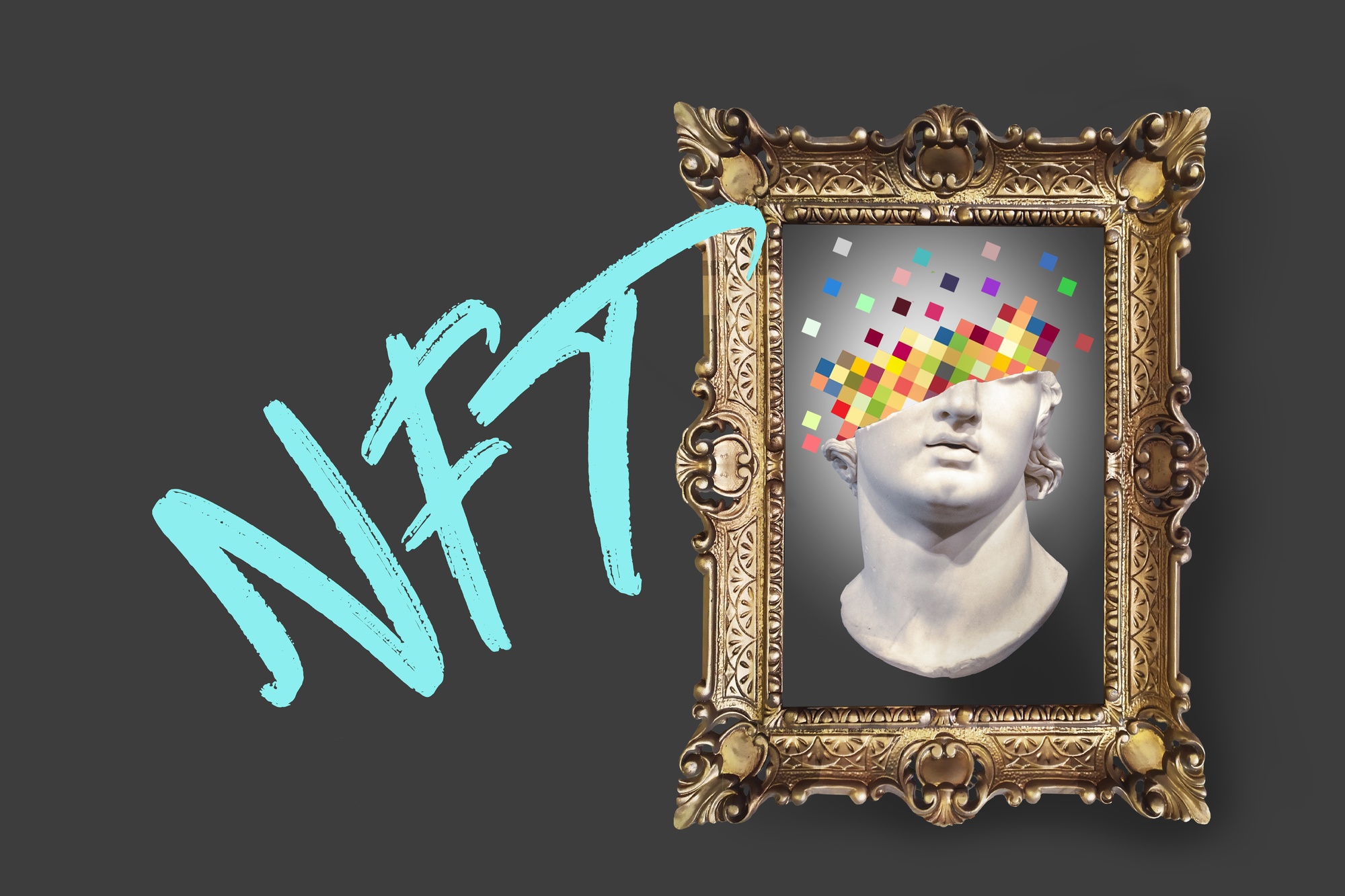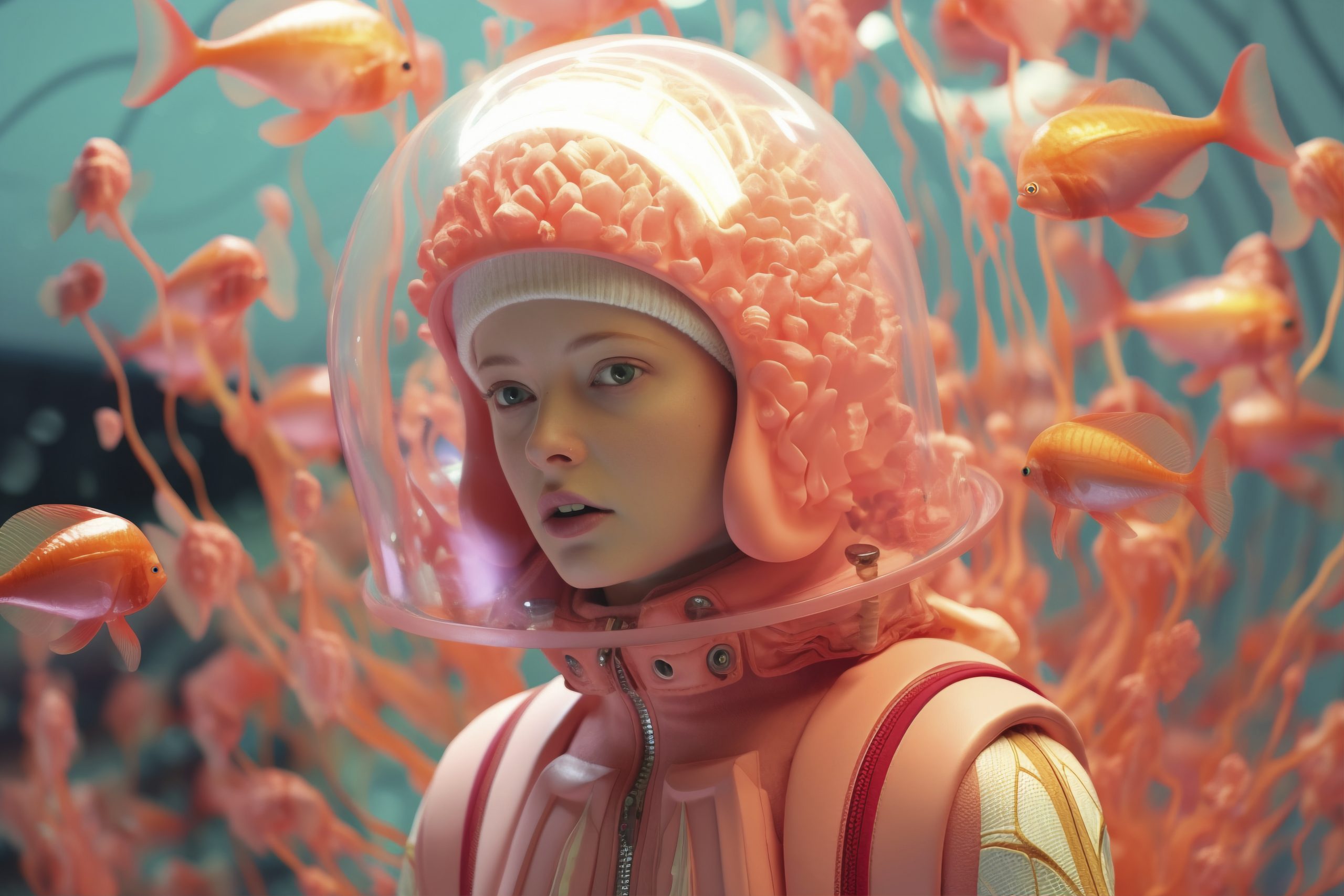NFTs (Non-Fungible Tokens) have taken the art world by storm in recent years, revolutionizing the way artists create, sell, and authenticate digital art. The rise of NFT art has disrupted traditional art markets, creating new opportunities for artists while also raising questions about the future of digital ownership and art preservation. In this article, we’ll explore what NFTs are, how they work, and why they are reshaping the art world.
What Are NFTs?
Non-Fungible Tokens (NFTs) are unique digital assets that represent ownership of a specific item, artwork, or piece of content. Unlike cryptocurrencies like Bitcoin or Ethereum, which are fungible and can be exchanged on a one-to-one basis, NFTs are “non-fungible,” meaning each token is unique and cannot be replicated or exchanged for an identical one.
NFTs are typically built on blockchain technology, which ensures the authenticity and provenance of each token. This makes NFTs particularly valuable in the art world, where authenticity and originality are essential. When an artist creates an NFT, they can “mint” it on a blockchain platform, creating a secure record of ownership and transaction history.
How Does NFT Art Work?
NFT art is created just like any other digital artwork — through design software, digital painting tools, animation programs, and more. The key difference is that NFT art is tied to a unique token on the blockchain, which can be bought, sold, and transferred to new owners. Once the artwork is minted as an NFT, it’s stored on the blockchain with a verified ownership record, ensuring that the piece is original and cannot be copied or forged.
To buy an NFT, collectors need to use a digital wallet and a cryptocurrency, usually Ethereum, to complete the transaction. Once the purchase is made, the buyer becomes the official owner of the NFT, and the token is transferred to their wallet. The blockchain keeps a record of the sale, so it’s easy to trace the NFT’s ownership history, making it a secure way to track provenance.
Why Are NFTs Popular in the Art World?
NFTs have gained massive popularity in the art world for several key reasons:
1. New Revenue Streams for Artists
Before NFTs, digital artists struggled to monetize their work because it was easy to copy and share digital files without paying for them. NFTs provide a way for digital artists to create verifiable, one-of-a-kind pieces that can be sold to collectors for significant amounts of money. With NFTs, artists have full control over their work and can sell directly to buyers, eliminating intermediaries like galleries or auction houses.
In addition to selling one-time works, artists can also build “smart contracts” into NFTs, allowing them to earn royalties every time the NFT is resold. This creates an ongoing revenue stream that traditional art sales don’t provide.
2. Authenticity and Ownership
NFTs provide a solution to the issue of digital art piracy by ensuring that every NFT is a unique, verifiable asset. The blockchain records each transaction, meaning that buyers can easily verify the ownership and authenticity of the artwork. For digital art collectors, this means they can own a “one-of-a-kind” piece, much like owning a physical artwork from a gallery.
3. Access to a Global Marketplace
NFT platforms like OpenSea, Rarible, and Foundation allow artists to showcase their work to a global audience of collectors and investors. These platforms make it easy for artists to sell their creations to buyers from all over the world without the need for physical galleries or exhibitions. As a result, NFTs have democratized the art world, giving emerging artists the opportunity to reach new audiences and find success without the traditional barriers to entry.
The Impact of NFTs on the Art Market
NFTs have fundamentally changed how art is bought and sold, opening up new possibilities for artists and collectors alike. However, this shift is not without its challenges and criticisms:
1. Environmental Concerns
One of the biggest criticisms of NFTs is their environmental impact. Many NFTs are built on Ethereum, a blockchain that requires significant energy consumption to process transactions. This has led to concerns about the carbon footprint of NFTs, especially as their popularity grows. Some NFT platforms are working to address these concerns by transitioning to more energy-efficient blockchains or adopting greener practices.
2. Speculation and Market Volatility
While NFTs have created new opportunities for artists, they’ve also attracted speculative investors looking to profit from the rapidly growing market. This has led to price volatility and concerns about the long-term stability of NFT art prices. Some NFTs have sold for millions of dollars, while others have failed to attract any buyers at all. This speculative nature raises questions about the sustainability of the NFT art market in the future.
3. Legal and Ethical Issues
The NFT market is still relatively new, and legal and ethical issues are beginning to surface. For example, there have been instances of artists’ works being minted as NFTs without their permission, leading to concerns about intellectual property rights. Additionally, questions about the long-term value of NFTs and the preservation of digital art have yet to be fully answered.
How to Buy NFT Art
If you’re interested in purchasing NFT art, here are the basic steps:
- Set up a Digital Wallet: You’ll need a cryptocurrency wallet to store your NFTs. Popular wallet options include MetaMask, Trust Wallet, and Coinbase Wallet.
- Buy Cryptocurrency: Most NFTs are sold using Ethereum (ETH), so you’ll need to purchase some cryptocurrency to make a transaction. You can buy Ethereum on platforms like Coinbase or Binance.
- Browse NFT Marketplaces: Explore NFT marketplaces like OpenSea, Rarible, or Foundation to find artworks that interest you. You can filter artworks by price, artist, or popularity.
- Make the Purchase: When you find an artwork you’d like to buy, connect your wallet to the marketplace and complete the purchase using Ethereum. The NFT will then be transferred to your wallet, and you’ll be the official owner of the artwork.
Conclusion
NFT art is transforming the art world by providing new opportunities for artists to monetize their work, ensuring authenticity and ownership, and offering collectors access to a global marketplace. While there are challenges and criticisms surrounding the environmental impact and volatility of NFTs, their rise has undoubtedly changed the landscape of digital art forever. As the market continues to evolve, NFTs will likely play an increasingly important role in the future of art and creativity.


